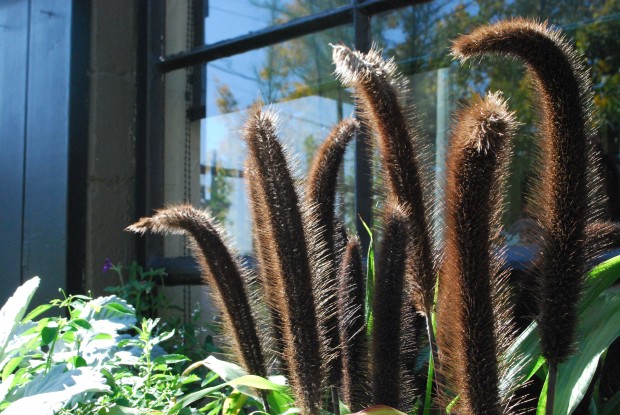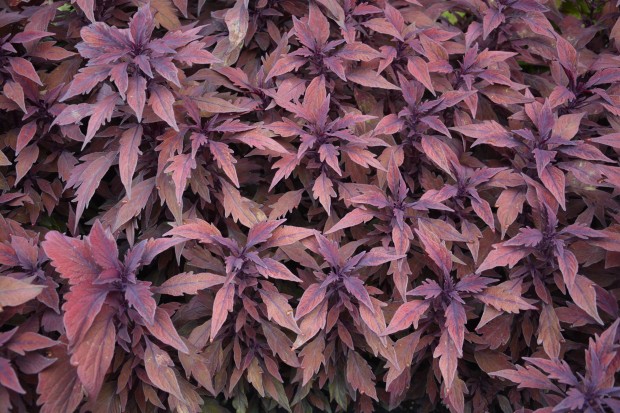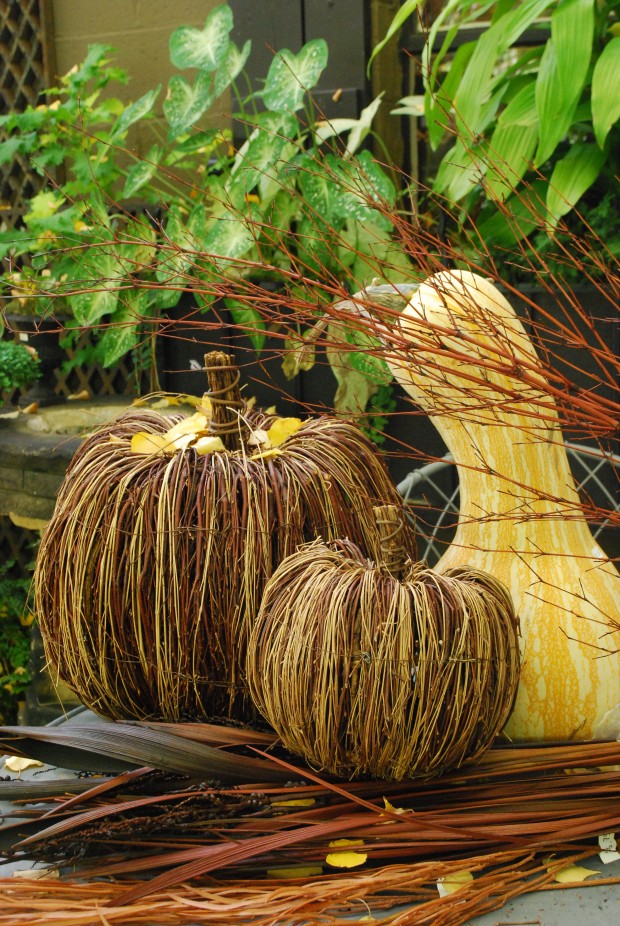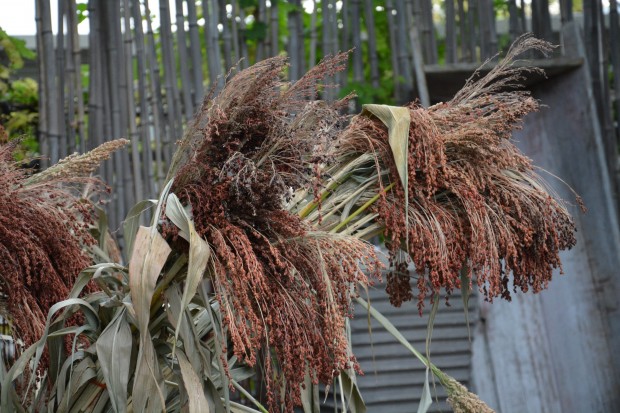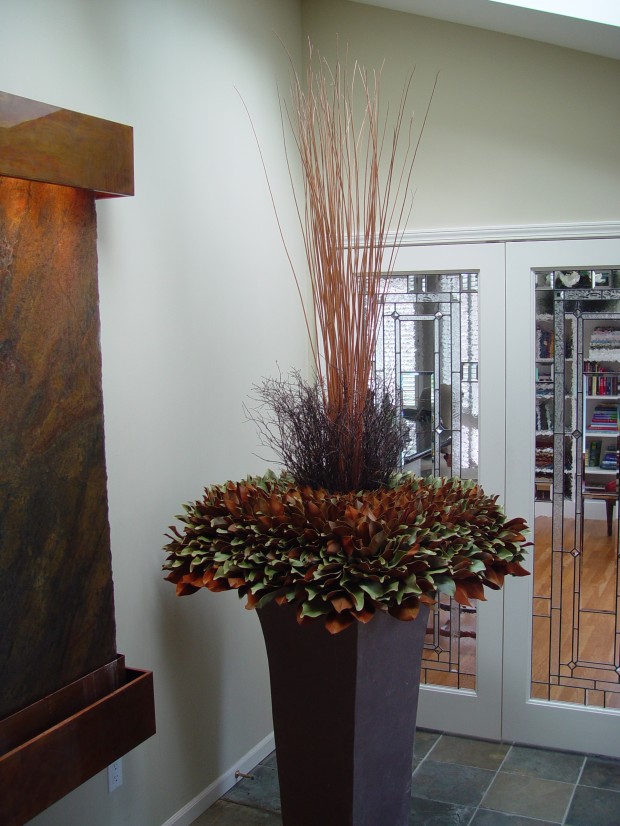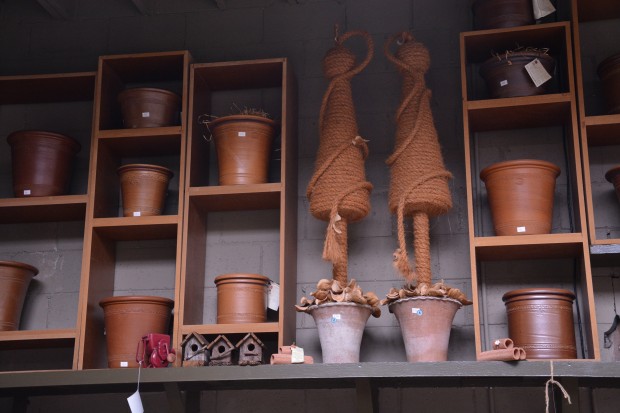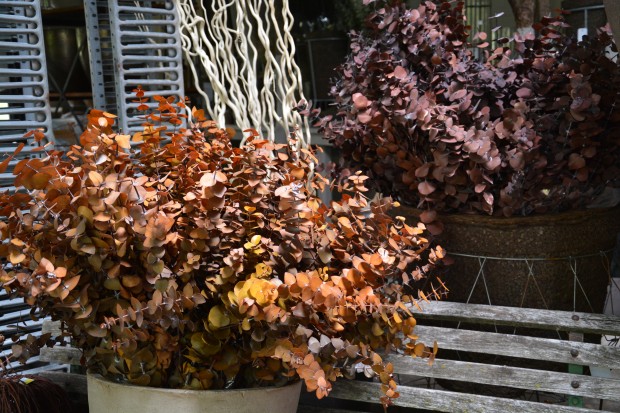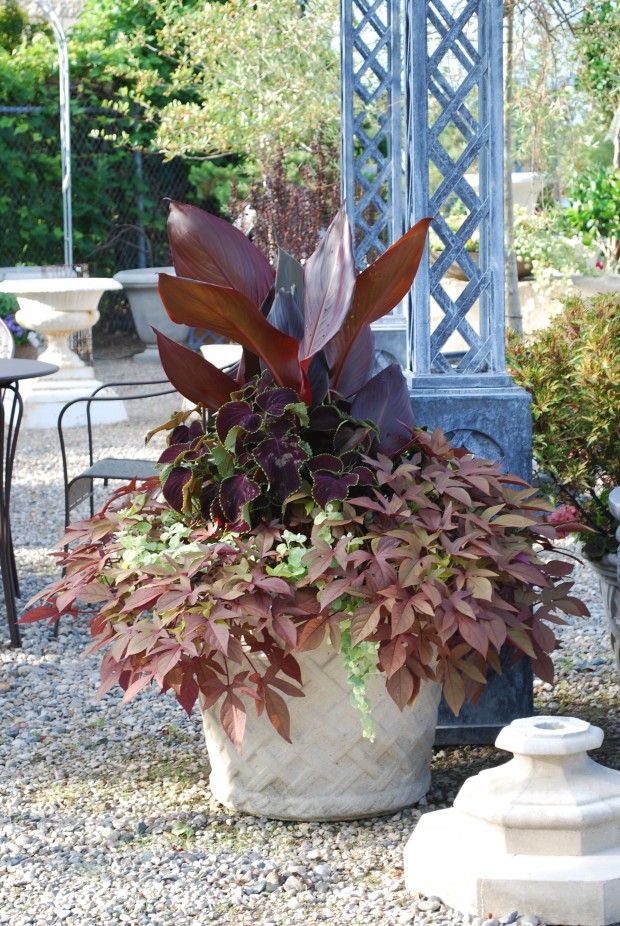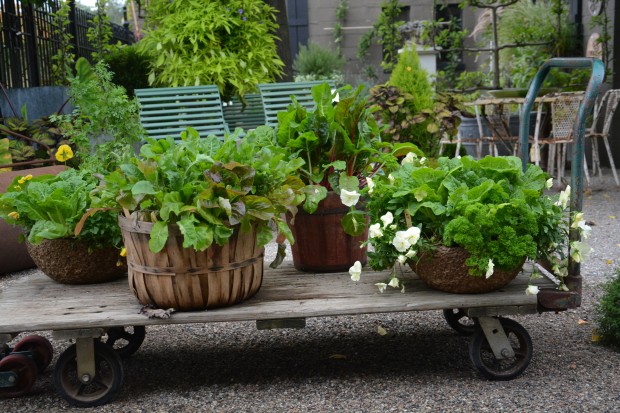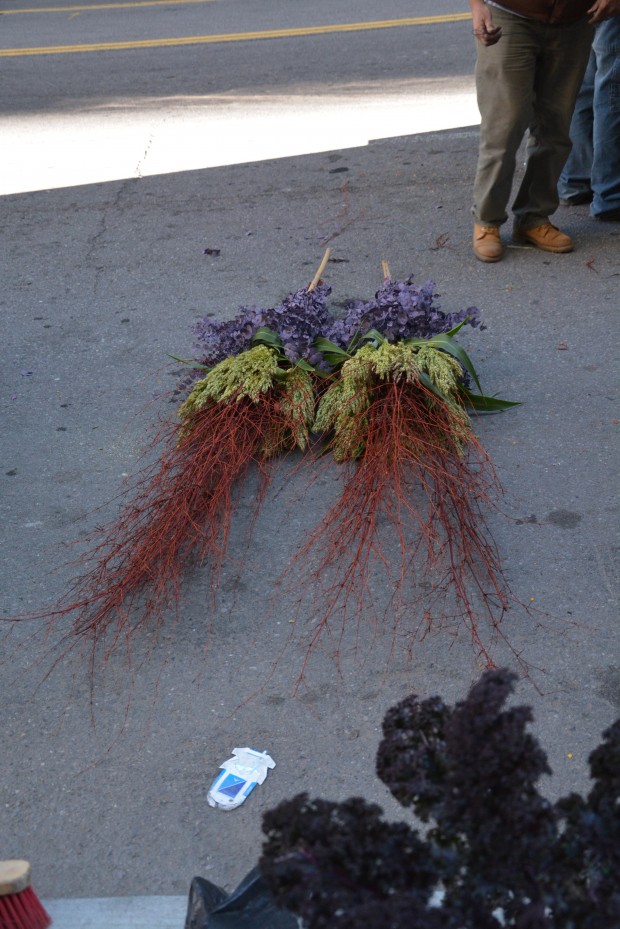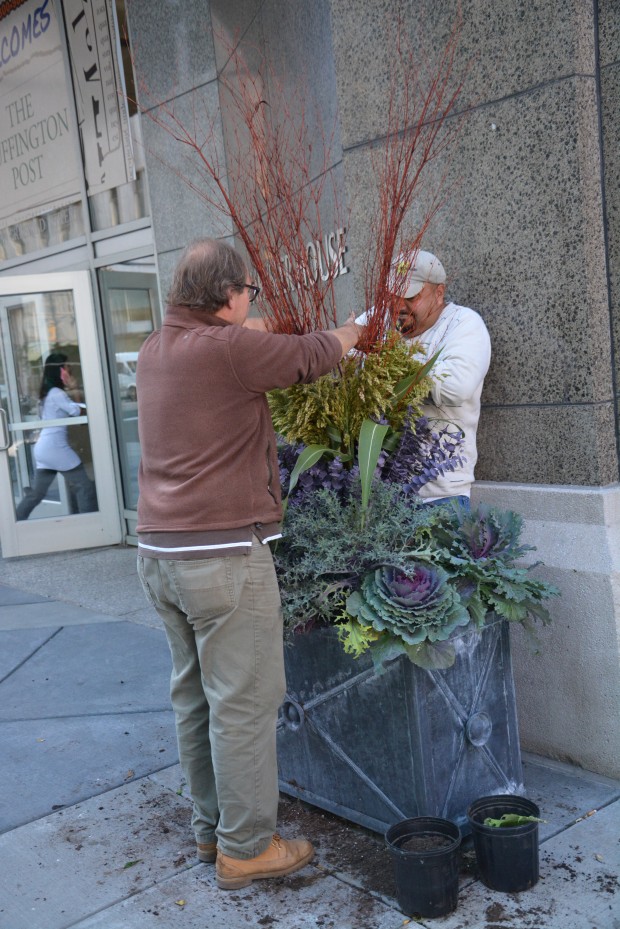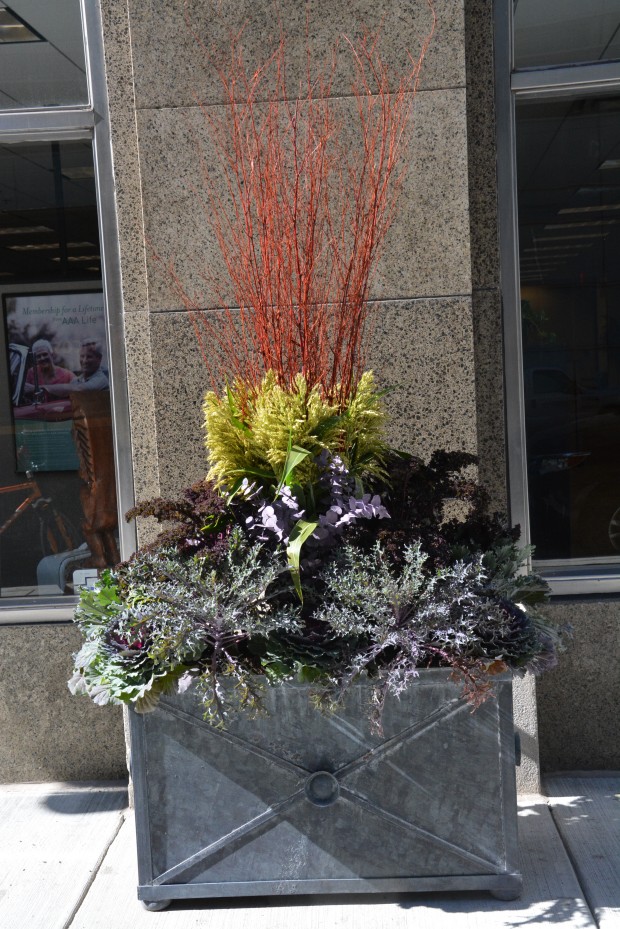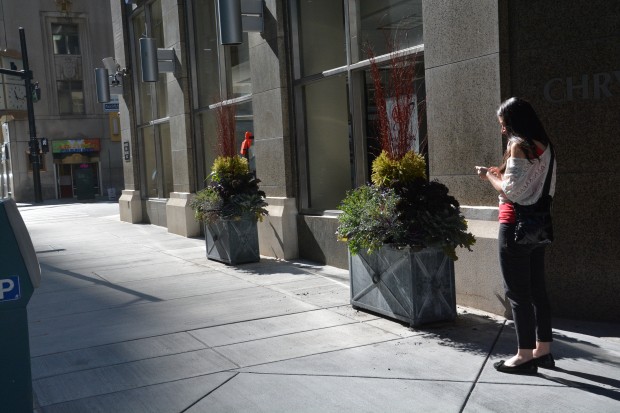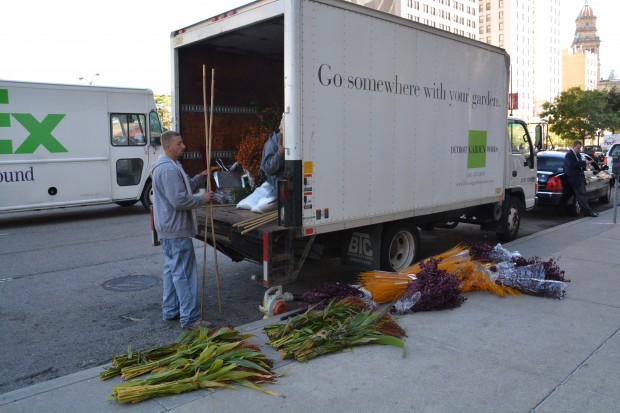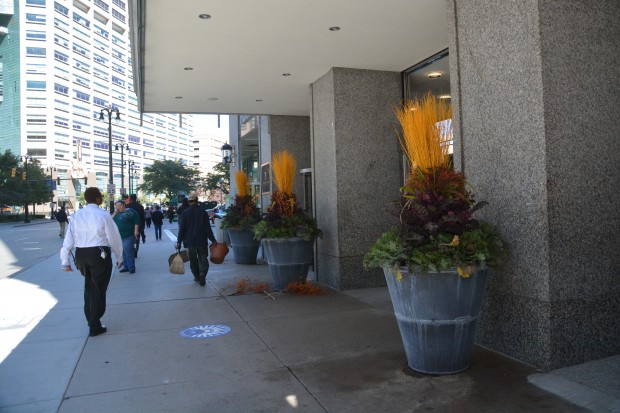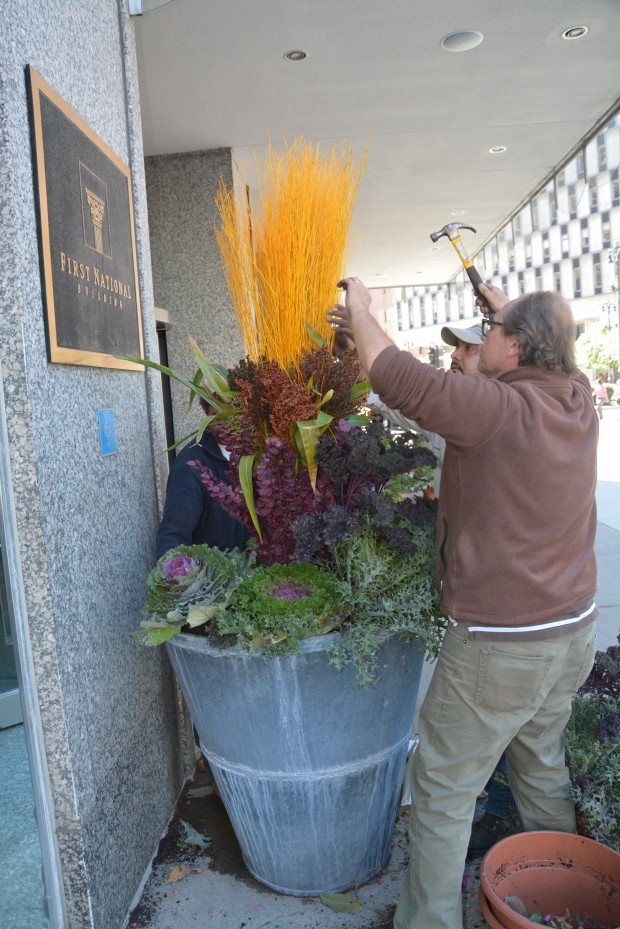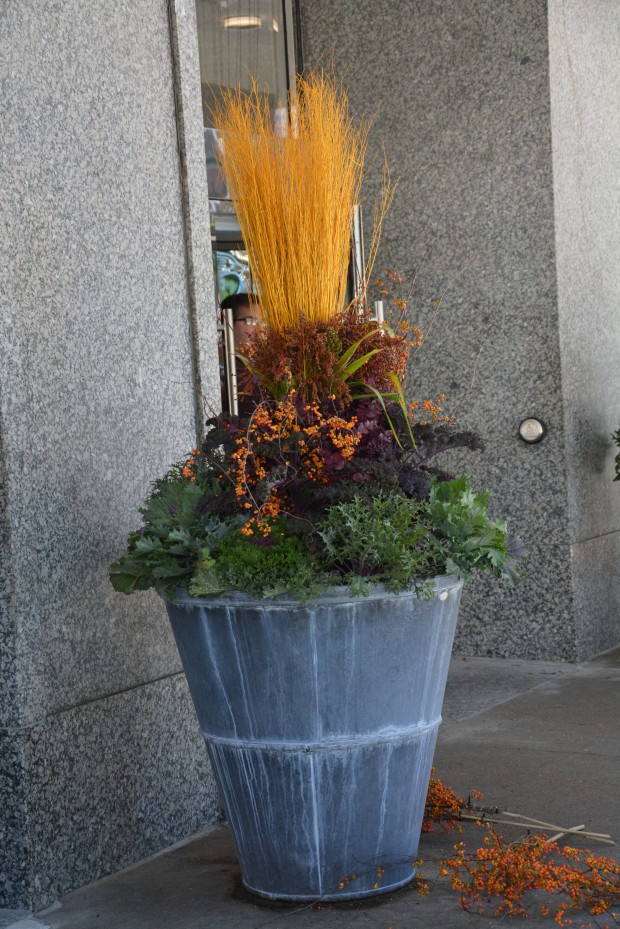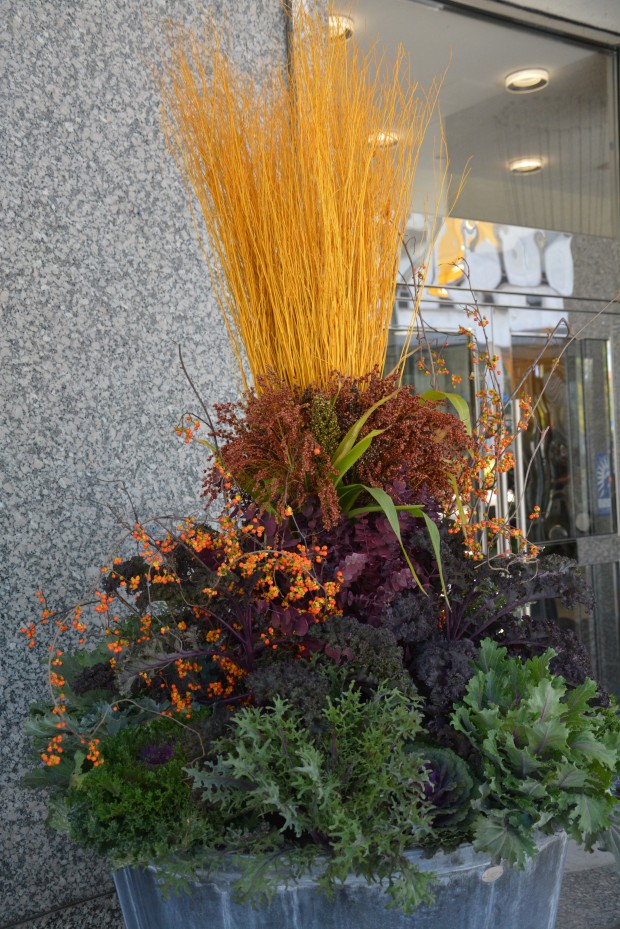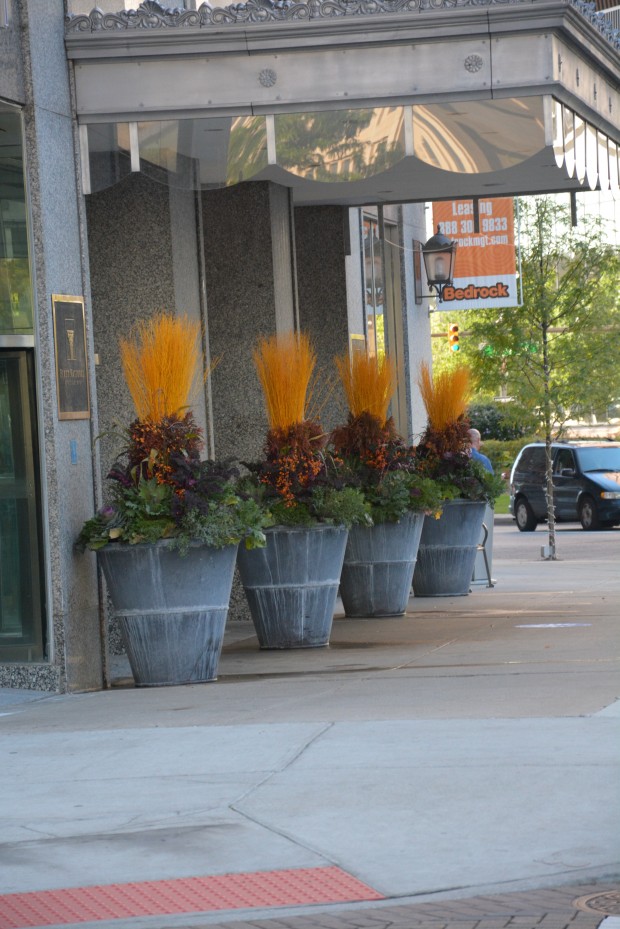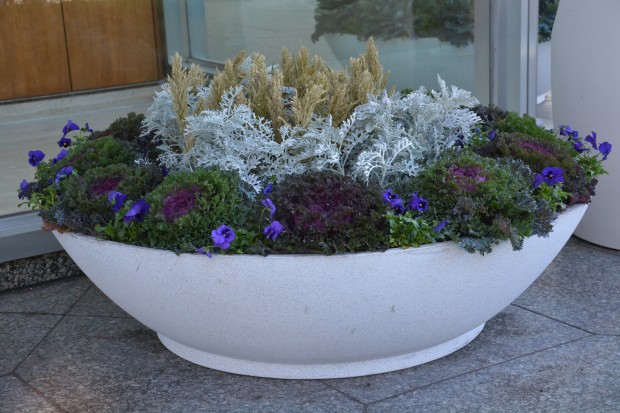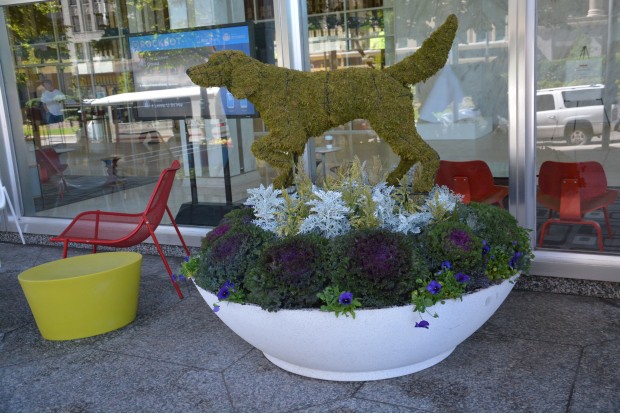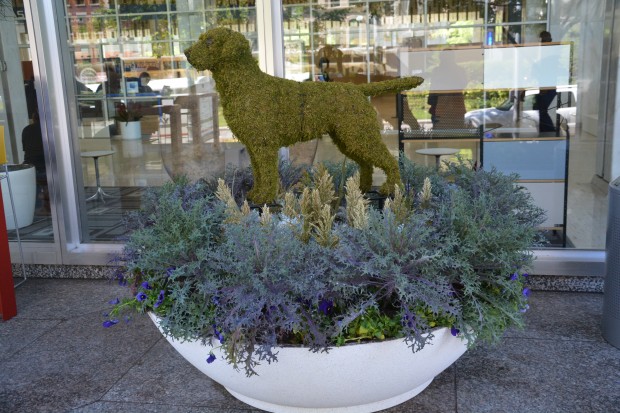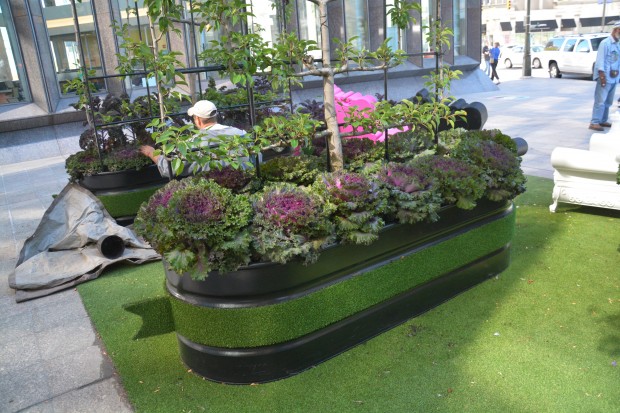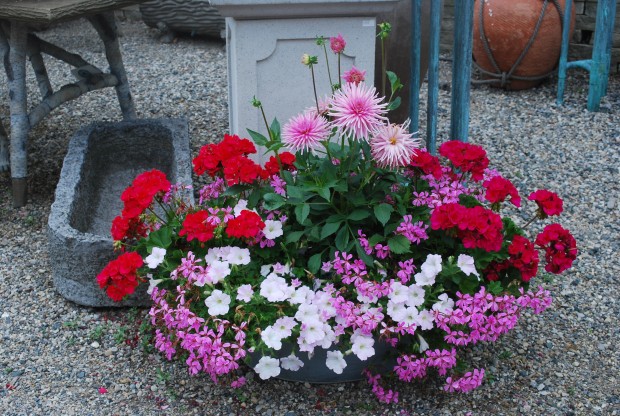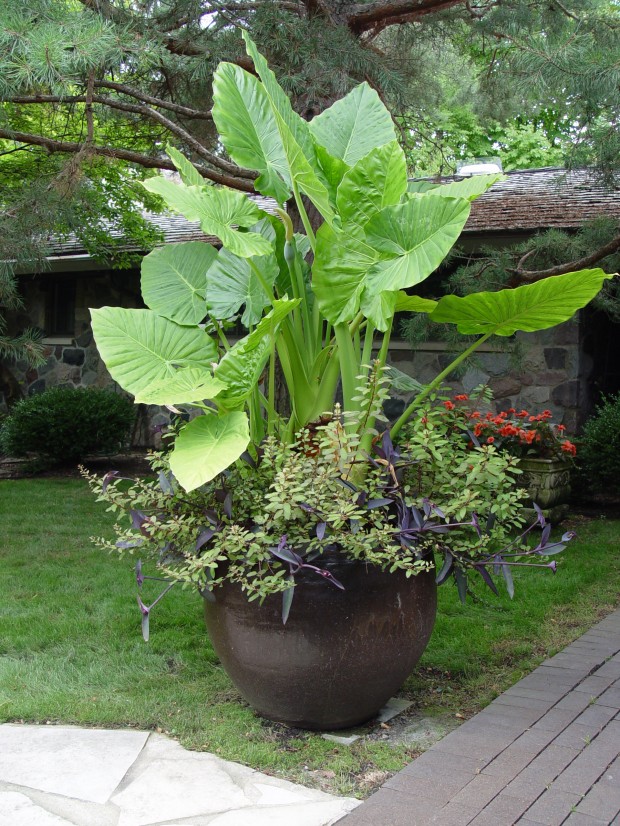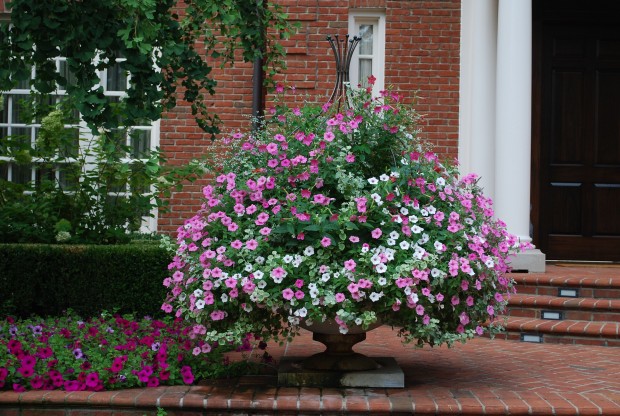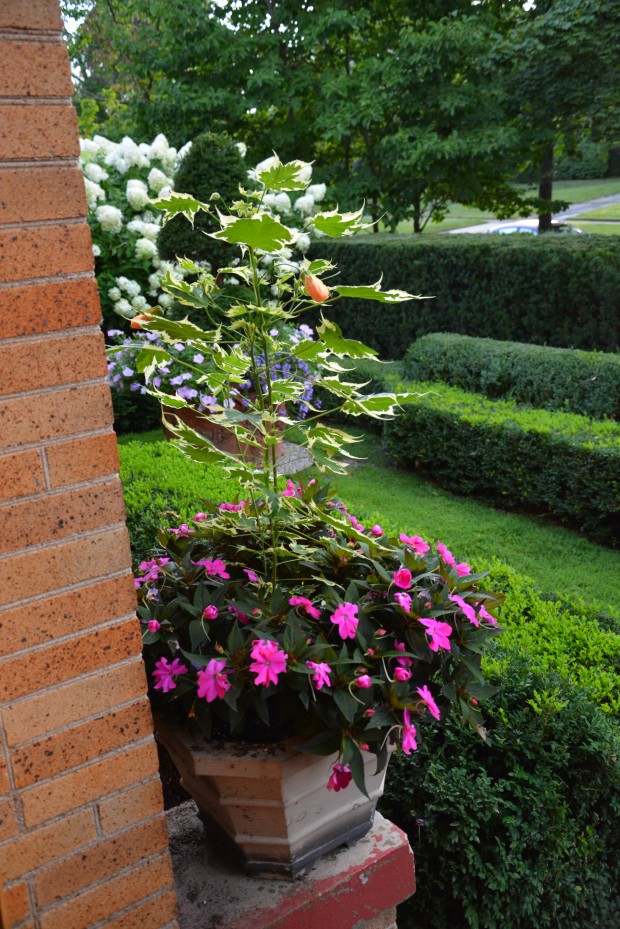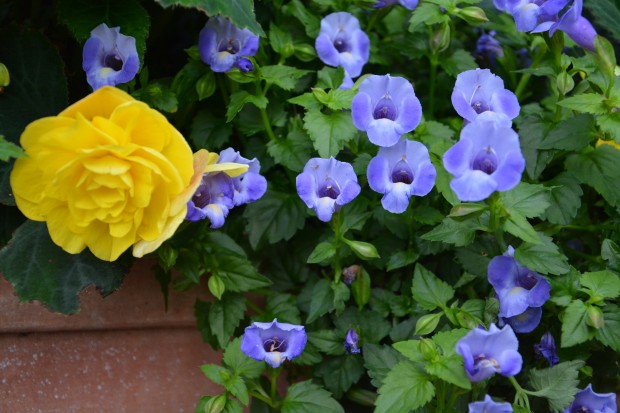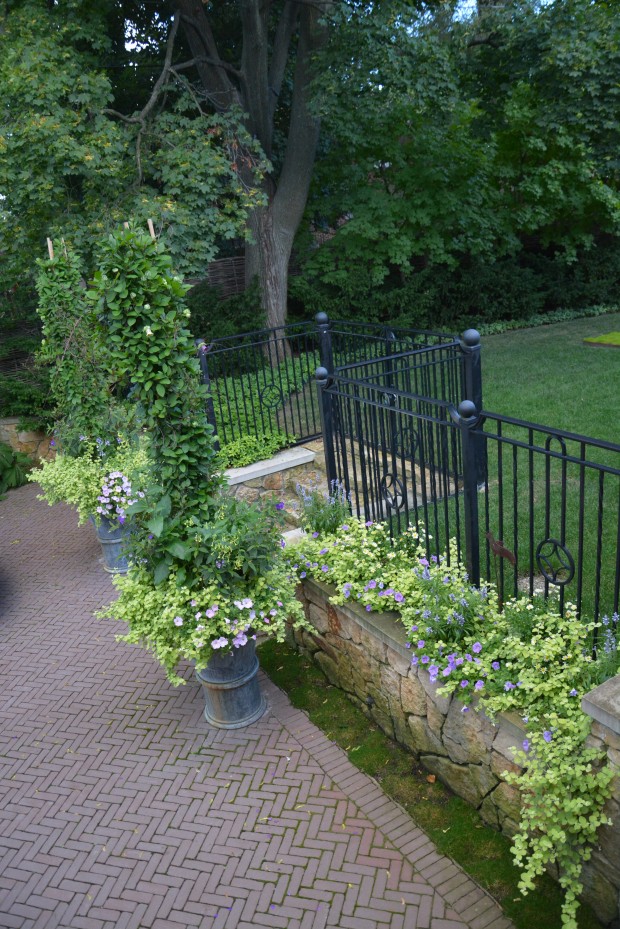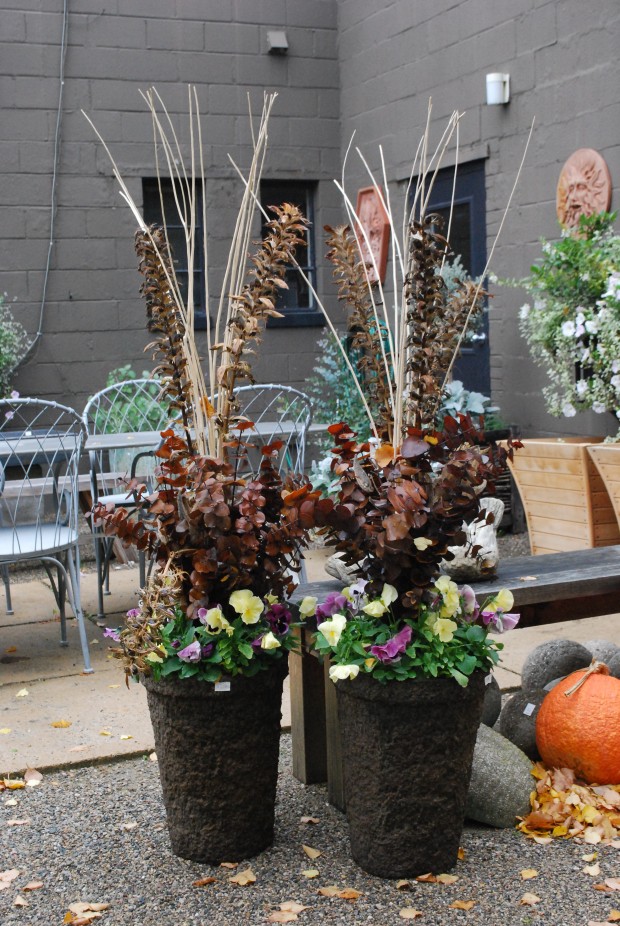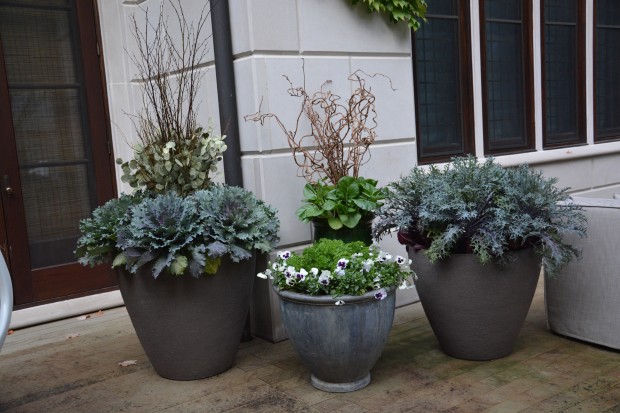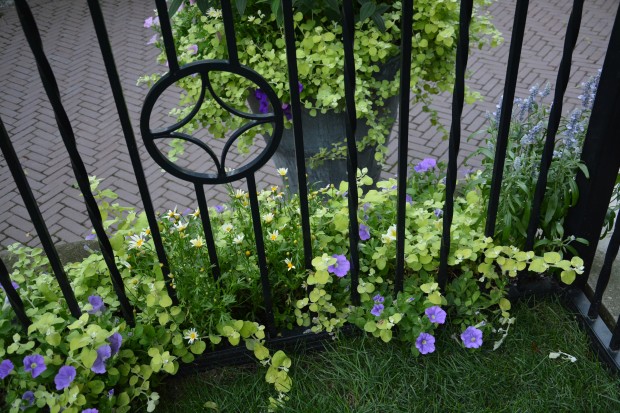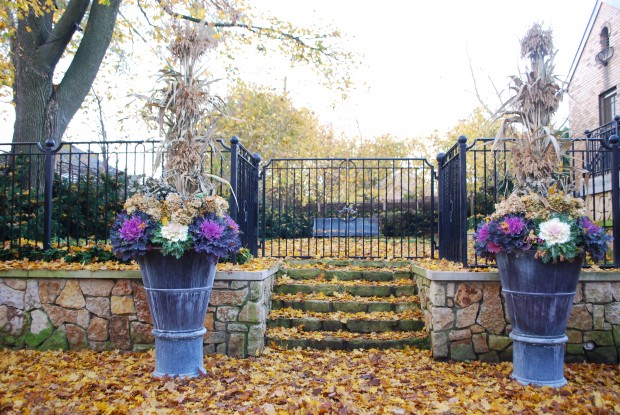Everything in the garden has a lifespan. This is a polite way of saying that every living thing lives their life, and eventually dies. The redwood trees in California, and the old yews in England, among other ancient plants, are prized by many not only for their size and shape, but their astonishing longevity. The Wollemi pine trees-of which there are 40 trees in some unknown location in Australia-date back thousands of years. The National Geographic has made a big issue of protecting first, and secondarily propagating these trees. Their sales of new starts of Wollemi Pines helps to cover the cost of their protection. They grow no where else on this planet, but for a remote valley in Australia. Yes, I did buy small starts some 8 years ago-why wouldn’t I? Both of my Wollemi pines belong to my landscape superintendent-Steve Bernard. They were a gift. They are at this moment, thriving. As is our relationship. We work together. But not every plant thrives. Plants which have lustily grown for years eventually die. Some plants die just days after they are planted. Do I have an explanation for this-not really. The life and death in a landscape is an issue both Steve and I deal with every day.
Landscape clients want me to guarantee that the plant material I put in the ground will live-for at least the warranty period. For one year, I am asked to stave off death. I oblige, in spite of the fact that the life of a landscape and garden depends more on nature than me. I do what I can, but I am rarely in charge. Some plants thrive in spite of my skepticism. Other robust plants inexplicably die, leaving me with lots of questions and not so much comfort. Anyone who gardens knows that every plant has a lifespan. Every gorgeous moment in a garden is just that-a moment. And that which is treasured is ephemeral.
I have a few plants that are original to my garden from the day I moved in. A magnolia, some dogwoods, a pair of picea mucrunulatum, some rhododendron, a norway spruce some 40 feet tall, some azaleas, and some challenged maples in the tree lawn. But these plants are not centuries old. They are at best 90 years old. Ninety years old is a blip that one blink will miss, in the history of our planet. Every gardener needs to realize that their influence is short. And not necessarily what nature values. Peonies and asparagus are very long lived. Trees that have a good siting and thoughtful planting live a long time. As in my lifetime. Perennials live but a very short time. Foxgloves are beautiful, and short lived.
The lifetime of the planet-vastly more years than mine. I understand that eventually, and sooner rather than later, I will wear out and die. The numbers of perennials and annuals in my garden that will wear out and die before me-considerable. Lots. The trees that will mature and finally die-they will be much older than me on the day of their demise. My gardening is but a brief moment in a scheme that is long, substantial, and just about impossible to predict.
Does the prospect of a limited lifespan to my landscape worry me? Not really. A beginning and an end to anything significant in the landscape is beyond my grasp to orchestrate. I spend an extraordinary amount of time in an effort to keep every plant in my landscape happy and healthy. Every gardener, just like me, learns, and leans into the natural demands of a life span. Leaning in-what every gardener knows how to do.
